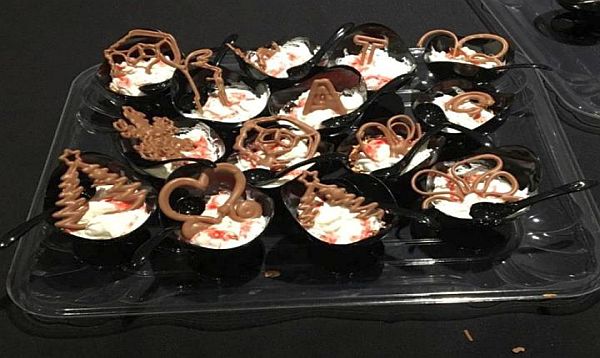Mexico City – Mexican scientists are developing a 3D printer that, using an additive manufacturing process, will be able to create edible food and provide health benefits, the National Council on Science and Technology (Conacyt) announced last week.
The technology has the ability to prepare soft food in ways that facilitate swallowing it, as well as adding probiotic bacteria that help balance intestinal health, Zaira Yunuen, a researcher with the Ciatej technology research center in Jalisco state, said.
In addition, "printing" various kinds of food items provides an alternative for people who cannot chew food that is tougher than normal.
To obtain a food product created artificially one must first use software that models the items one wants to print and, then, the printer prints the edible material in layers, ultimately creating a three-dimensional product.
The only difference between a paper printer and the Interlatin Colibri 3D is the type of printer cartridge it uses, replacing traditional ink with edible material.
The investigator said that the edible material's chemical and rheological properties must be taken into account in preparing the food products.
While still in the prototype phase, the first printer cartridges for the device have been using chocolate and other creamy products, and researchers are working toward using products such as guacamole, gelatin, pates, batter and sauces.
Original article


